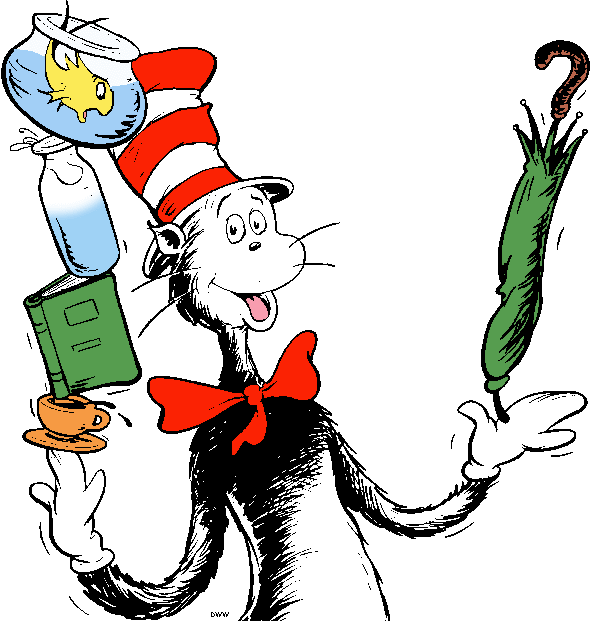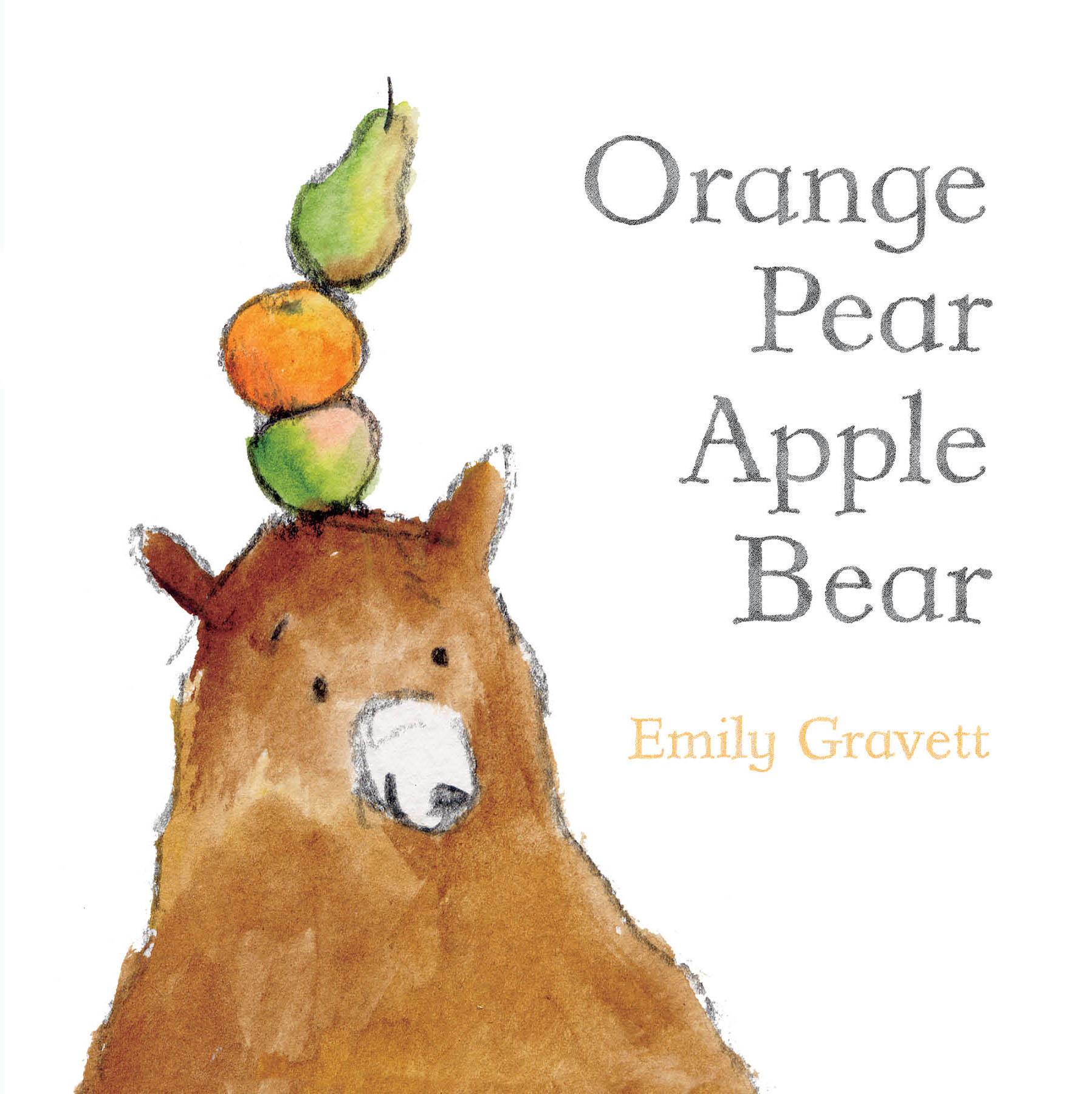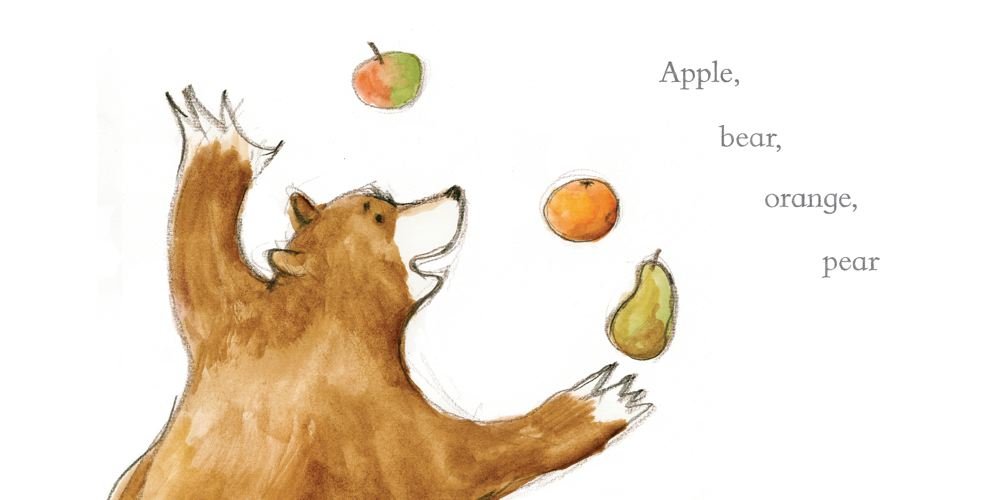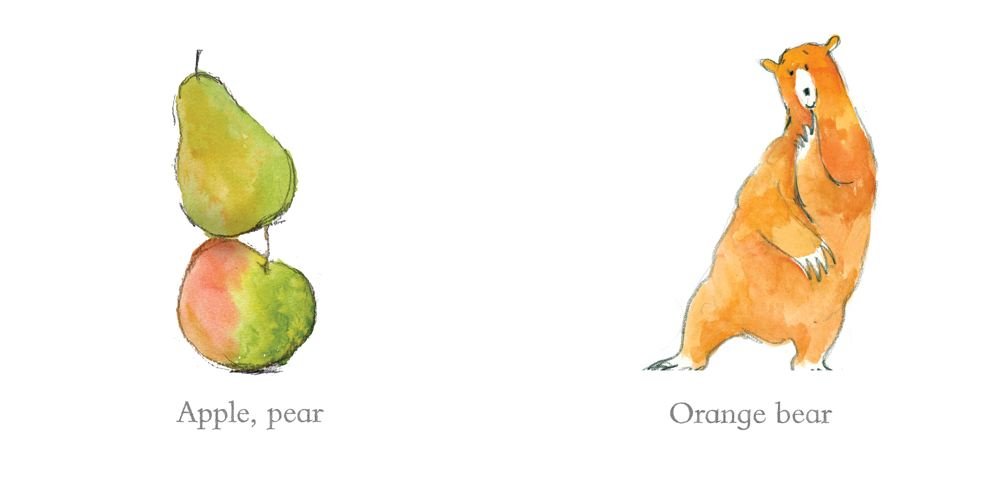As Cary Grant famously said, “I’ve often been accused by the critics of being myself on the screen.” He was so talented and worked so hard that his performances seemed effortless and were often underappreciated. This seems to be a common problem for artists of all kinds.
Lovers of picture books know how frustratingly often the spareness of a text is equated with being easy to write. Even as a bookseller, I grit my teeth when I hear casual comments to this effect from adult customers and would-be writers; I can only imagine how infuriating it is for hardworking authors and editors. Ironically, when the hard work pays off, the text seems so simple and flows so naturally that it looks, well… easy.
Many wonderful picture book texts are poems, but even prose picture book texts share so much with poetry in this regard. In an insightful Reading Rockets article, children’s literature expert Maria Salvadore compares the two:
I think the way Rita Dove, a former national poet laureate, defines poetry also defines the language used in successful picture books. Dove says, “Poetry is language at its most distilled and most powerful.”
 Many of us spent some portion of last Thursday celebrating the birthday of the inimitable Dr. Seuss. The story of how he created the beloved early reader The Cat in the Hat is now kidlit legend. Challenged by a textbook publisher to come up with a suitable story to improve upon the likes of Dick and Jane, using a very limited vocabulary list, and encouraging use of phonics, Seuss struggled with the text for months and months, eventually wrangling it into an ingenious story using only 220 different words, mostly monosyllabic, in a delightful rhyming anapestic dimeter to boot. Very few words, but brilliant and still a bestseller after 60 years in print.
Many of us spent some portion of last Thursday celebrating the birthday of the inimitable Dr. Seuss. The story of how he created the beloved early reader The Cat in the Hat is now kidlit legend. Challenged by a textbook publisher to come up with a suitable story to improve upon the likes of Dick and Jane, using a very limited vocabulary list, and encouraging use of phonics, Seuss struggled with the text for months and months, eventually wrangling it into an ingenious story using only 220 different words, mostly monosyllabic, in a delightful rhyming anapestic dimeter to boot. Very few words, but brilliant and still a bestseller after 60 years in print.
 One of my all-time favorite picture books is a perfect example of a brilliantly simple text: Orange Pear Apple Bear by Emily Gravett. It’s also a perfect example of the ideal interplay of text and illustration in a truly great picture book. Using just five words (only four in most of the spreads), Gravett communicates with humor and imagination the different uses the same word can have and the importance of word order – baby’s first grammar lesson, perhaps – while reinforcing simple vocabulary, color, and shape concepts. Oh, and it sounds simply delightful to read aloud. Not bad for five “easy” words!
One of my all-time favorite picture books is a perfect example of a brilliantly simple text: Orange Pear Apple Bear by Emily Gravett. It’s also a perfect example of the ideal interplay of text and illustration in a truly great picture book. Using just five words (only four in most of the spreads), Gravett communicates with humor and imagination the different uses the same word can have and the importance of word order – baby’s first grammar lesson, perhaps – while reinforcing simple vocabulary, color, and shape concepts. Oh, and it sounds simply delightful to read aloud. Not bad for five “easy” words!


What are some favorites of yours, old or new, exemplifying the inspired economy of words that make a picture book text simply brilliant?

This is one of my very favorites, too! I finally picked up a copy of Emily Jenkins’ new picture book A GREYHOUND, A GROUNDHOG this weekend, and it reminded me immediately of ORANGE PEAR APPLE BEAR; it uses a larger vocabulary, but plays with an “economy of words” in a similarly brilliant and fun-to-read way. Love it. Love them both. Two super talented Emilys.
Thank you for drawing attention to Orange Pear Apple Bear, also one of my own favorites.
Another is David Hyde Costello’s “I Can Help,” a brilliant little adventure that should be required reading as Citizenship 101.
I hope other people contribute more titles, because I know I’m forgetting a number of other wonderful ones.
Playtime? by Jeff Mack. One of the funniest books I read last year.